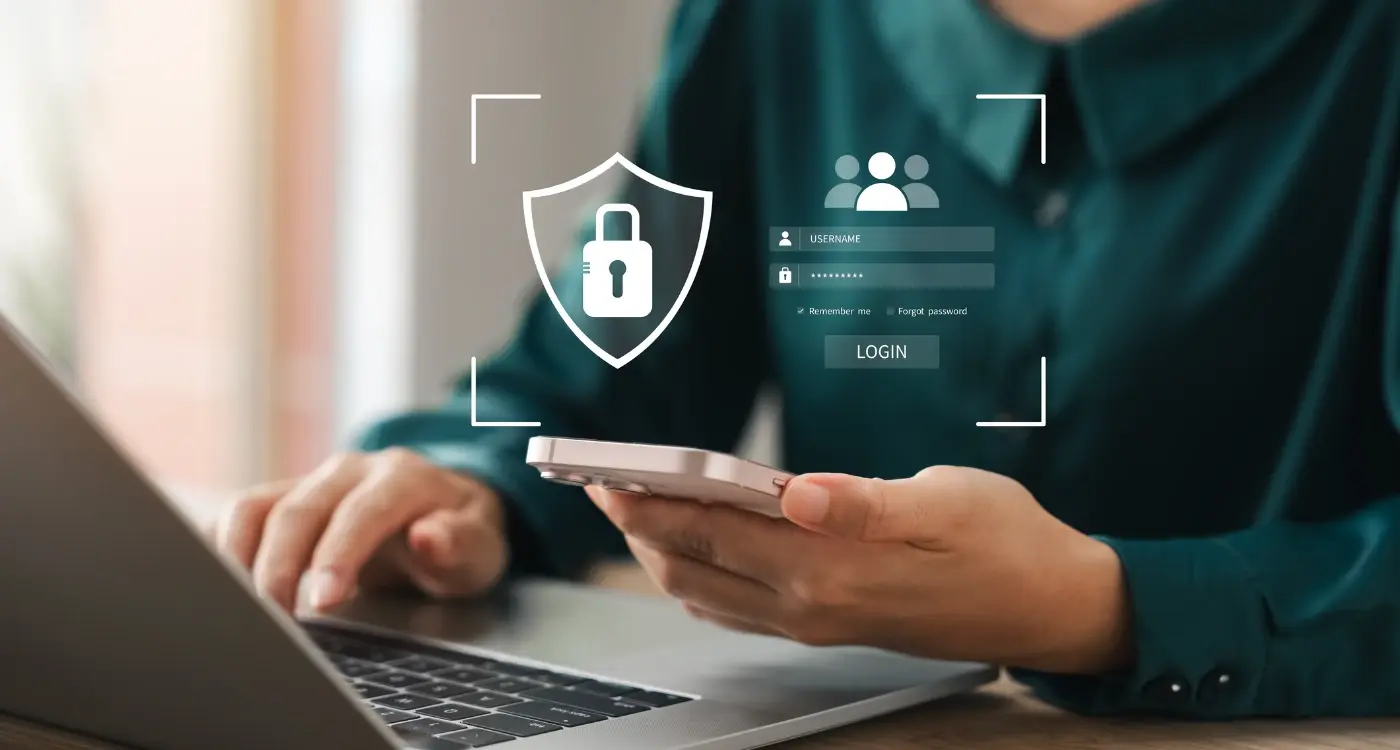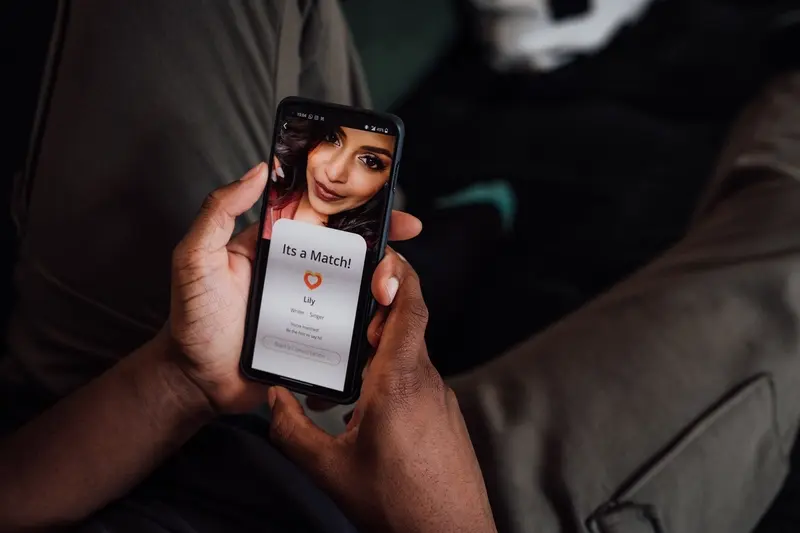What's The Difference Between App Security And Data Compliance?
Over half of mobile app users delete an app within the first week if they don't trust it with their personal information. That's a staggering statistic that highlights just how much people care about their data these days. But here's the thing that catches many app developers off guard—keeping user data safe isn't just about having strong passwords and encryption. There's a whole other side to this story that involves laws, regulations, and compliance requirements that can make or break your mobile app business.
Most people think app security and data compliance are the same thing. I get it, they both sound like they're about protecting information, right? But mixing these up is like confusing a fire alarm with a smoke detector—they work together but serve completely different purposes. App security focuses on the technical barriers that keep hackers out, while data compliance is about following the legal rules for how you collect, store, and use people's information.
Understanding the regulatory distinction between security measures and compliance requirements can save your business from costly mistakes and legal headaches down the road.
The protection types your mobile app needs span both technical and legal territories. Getting this wrong doesn't just mean unhappy users—it can mean hefty fines, legal troubles, and a reputation that's hard to rebuild. Let's break down exactly what each of these means and why treating them as separate challenges will make your app stronger, safer, and more successful.
What Is App Security?
App security is all about protecting your mobile application from the bad guys—hackers, cybercriminals, and anyone else who might want to cause trouble. Think of it as the locks, alarms, and security cameras that keep your app safe from unwanted visitors.
When I'm working with clients, I always explain that app security covers everything from stopping people breaking into your app to making sure the information flowing between your app and servers stays private. This includes things like encryption (scrambling data so only the right people can read it), secure login systems, and protecting against malicious code that might try to mess with your app's functions.
The Technical Side
App security involves multiple layers of protection. You've got code obfuscation—making your app's code harder to reverse-engineer; secure APIs that verify who's allowed to access what; and regular security testing to find weak spots before the bad guys do.
What many people don't realise is that app security isn't just about technical measures. It's also about how you store user passwords, how you handle software updates, and even how you train your development team to write secure code in the first place.
The goal isn't to make your app completely bulletproof—that's impossible—but to make it secure enough that attacking it becomes more trouble than it's worth.
What Is Data Compliance?
Data compliance is about following the rules that governments and regulatory bodies set for how companies collect, store, and use people's personal information. Think of it as a set of laws that tell businesses what they can and can't do with your data—like your name, email address, or location.
When you download a mobile app and create an account, you're sharing personal information with that company. Data compliance laws exist to protect you from having that information misused or stolen. These aren't just suggestions; they're legal requirements that companies must follow or face hefty fines.
Common Data Protection Laws
Different countries have different rules, but here are some of the most important ones that affect mobile apps:
- GDPR (General Data Protection Regulation) - covers Europe and the UK
- CCPA (California Consumer Privacy Act) - applies to California residents
- PIPEDA (Personal Information Protection and Electronic Documents Act) - covers Canada
- Data Protection Act - specific to the UK
Each law has its own requirements, but they all share similar goals: giving people control over their personal information and making sure companies handle it responsibly. The regulatory distinction between these laws can be complex, but they all aim to protect users' privacy rights.
Always check which data protection laws apply to your target markets before launching your mobile app—ignorance isn't a defence when regulators come knocking!
Why These Two Things Are Not The Same
Right, let's clear this up once and for all—app security and data compliance might sound like they're talking about the same thing, but they're actually quite different beasts. I see this confusion all the time when working with clients, and honestly, it's completely understandable why people mix them up.
Think of app security as your bodyguard; it's all about keeping the bad guys out and protecting your app from attacks, hackers, and malicious code. Data compliance, on the other hand, is more like following the rules of the road—it's about making sure you handle people's personal information in the way the law says you should.
Different Goals, Different Approaches
App security focuses on technical protection—things like encryption, secure coding practices, and preventing unauthorised access. It's reactive and proactive at the same time, constantly working to keep threats at bay. Data compliance is about governance and legal requirements; it's making sure you're collecting, storing, and using data in ways that meet regulations like GDPR or CCPA.
Here's the thing that trips people up: you can have brilliant security but still fail compliance if you're not transparent about what data you collect. Equally, you might tick all the compliance boxes but still have security vulnerabilities that put user data at risk. Both are needed, but they serve different purposes in keeping your app—and your users—safe.
The Types Of Protection Your Mobile App Needs
Right, let's get practical here. When we talk about mobile app protection, we're really talking about two main areas that work together but serve different purposes. You've got your technical security measures—think encryption, secure authentication, and data protection—and then you've got your compliance requirements which are the legal boxes you need to tick.
Technical Security Measures
Your mobile app needs protection at multiple layers. There's the basic stuff like making sure user passwords are stored securely and that any data moving between your app and servers is encrypted. Then you've got more advanced protections like preventing people from tampering with your app code or stopping unauthorised access to sensitive features.
The biggest mistake I see companies make is thinking that good security automatically means they're compliant with regulations—that's simply not how it works
Regulatory Protection
This is where things get interesting because regulatory distinction becomes really important. GDPR isn't just about having good security; it's about how you handle personal data, what permissions you ask for, and how you let users control their information. Similarly, if you're dealing with healthcare data, HIPAA compliance involves specific documentation and processes that go way beyond just keeping data secure.
The key thing to understand is that both types of protection are needed—you can't have one without the other and expect your mobile app to be properly protected.
Meeting Regulatory Requirements Without Breaking The Bank
Look, I get it—compliance sounds expensive. When most people hear words like GDPR, HIPAA, or PCI DSS, they start thinking about massive legal bills and months of development work. But here's the thing: meeting regulatory requirements doesn't have to drain your budget if you plan for it properly.
The biggest mistake I see companies make is treating compliance as an afterthought. They build their entire app, then realise they need to handle personal data properly or meet industry standards. That's when things get costly because you're essentially rebuilding parts of your app from scratch.
Smart Ways to Keep Compliance Costs Down
Start with the basics and build compliance into your app from day one. Use established frameworks and libraries that already handle common compliance requirements—don't reinvent the wheel. Many cloud providers offer compliance-ready services that can save you thousands in development costs.
- Choose hosting providers that already meet your industry standards
- Use pre-built authentication systems rather than custom solutions
- Implement data encryption from the beginning, not as an add-on
- Document everything as you go to avoid expensive audits later
The truth is, most compliance requirements are just good development practices anyway. Secure coding, proper data handling, and regular testing should be part of every app project whether compliance demands it or not.
Common Mistakes That Cost Companies Money
Over the years, I've watched companies make the same expensive mistakes when it comes to mobile app security and data compliance. The biggest one? Thinking they can bolt on security features after the app is built. This approach costs three times more than building security in from the start—and that's just the development costs, not the potential fines or legal fees.
Another costly mistake is confusing compliance with security. I've seen businesses spend thousands on GDPR compliance tools whilst completely ignoring basic security measures like encryption. They tick the regulatory boxes but leave their users' data wide open to hackers.
The Most Expensive Errors
- Treating security as an afterthought rather than a foundation
- Mixing up compliance requirements with security needs
- Choosing the cheapest development option without considering long-term costs
- Ignoring user permissions and data collection transparency
- Failing to plan for different regulatory requirements across markets
Companies also underestimate the cost of data breaches. A single incident can cost hundreds of thousands in fines, legal fees, and lost customer trust. The protection types your mobile app needs aren't just nice-to-have features—they're business insurance.
Budget for security and compliance from day one of your project; retrofitting these features later will cost you significantly more and delay your launch.
Conclusion
App security and data compliance might seem like they're the same thing—and I get why people think that. Both involve protecting information, both require planning, and both can cause serious headaches if you get them wrong. But as we've covered, they're actually quite different beasts that need different approaches.
App security is your shield against hackers and cyber attacks; data compliance is about following the legal rules for handling personal information. You need both, but they work in different ways. Security protects your app from threats, whilst compliance protects your business from regulators and legal troubles.
The good news? You don't need to choose between them or spend a fortune getting both right. Start with understanding what regulations apply to your app, then build security measures that support those requirements. Many security practices actually help with compliance too—encryption, access controls, and audit logs tick boxes for both.
I've seen too many companies rush to launch without considering these aspects properly, only to face expensive fixes later. Take the time to get both right from the start and you'll save yourself money, stress, and potentially your reputation. Your users will thank you for it too.
Share this
Subscribe To Our Learning Centre
You May Also Like
These Related Guides

What Security Features Do Enterprise Apps Need?

What Safety Features Should My Dating App Have To Protect Users?



